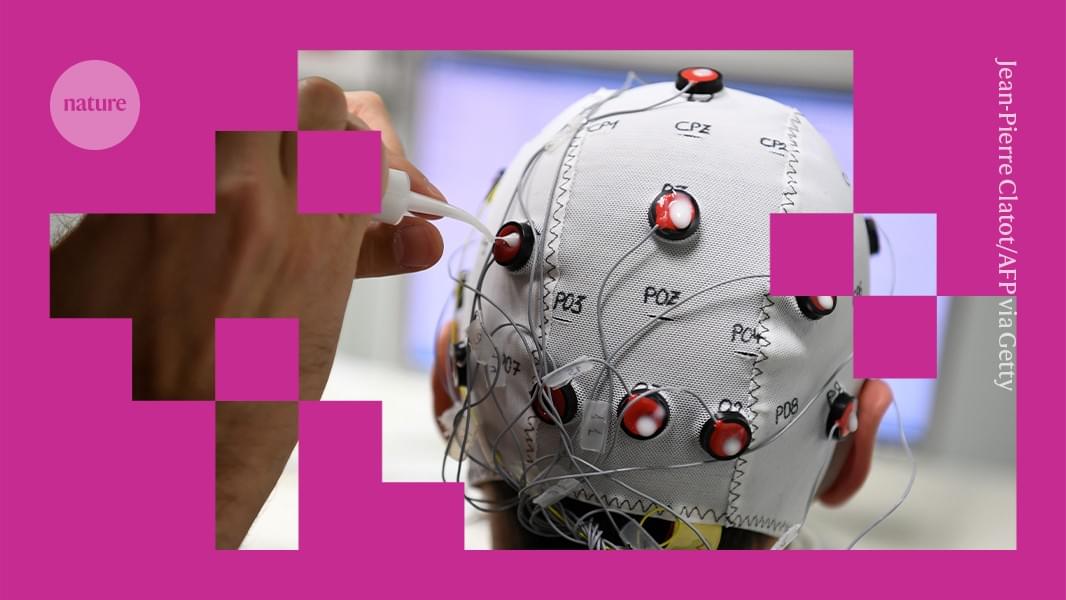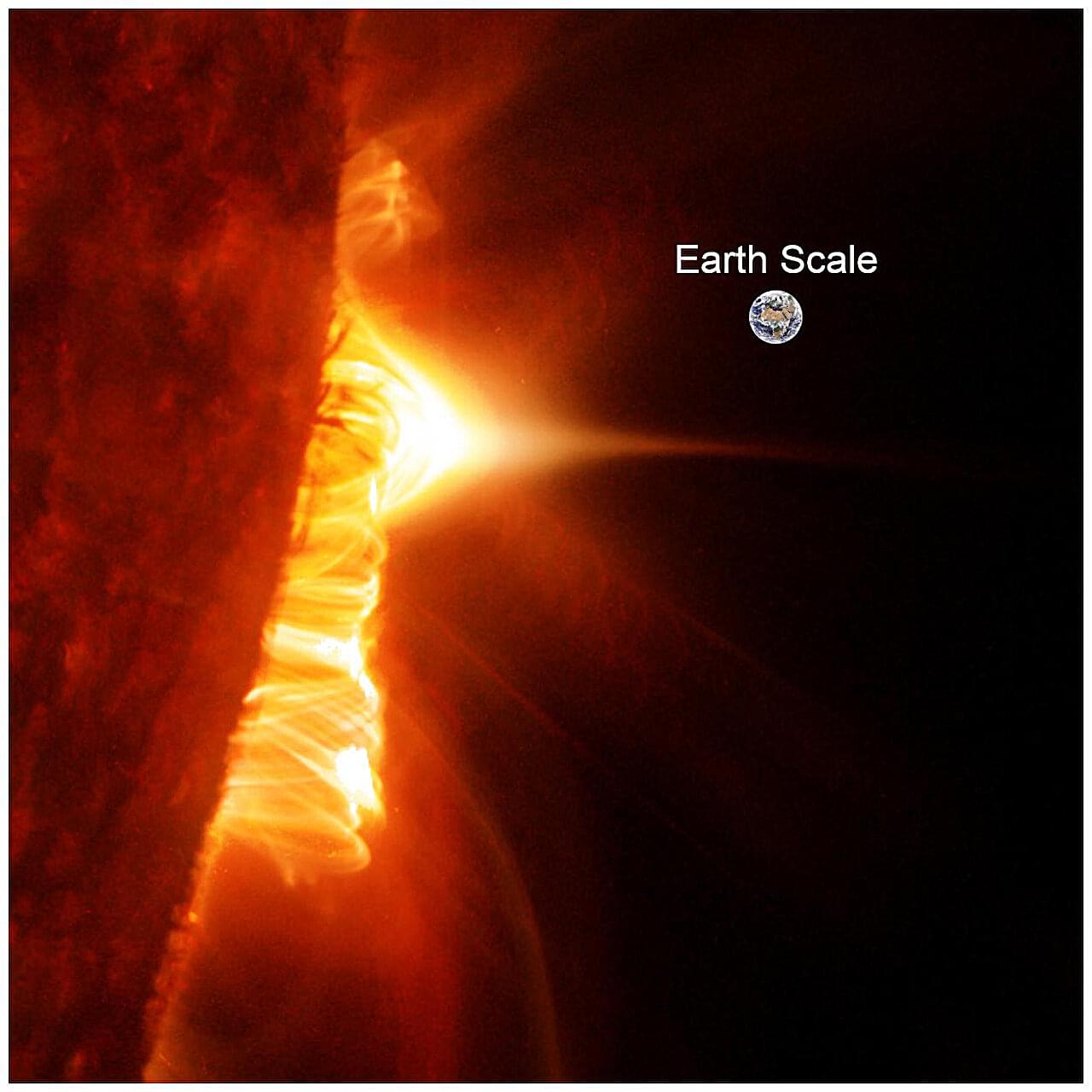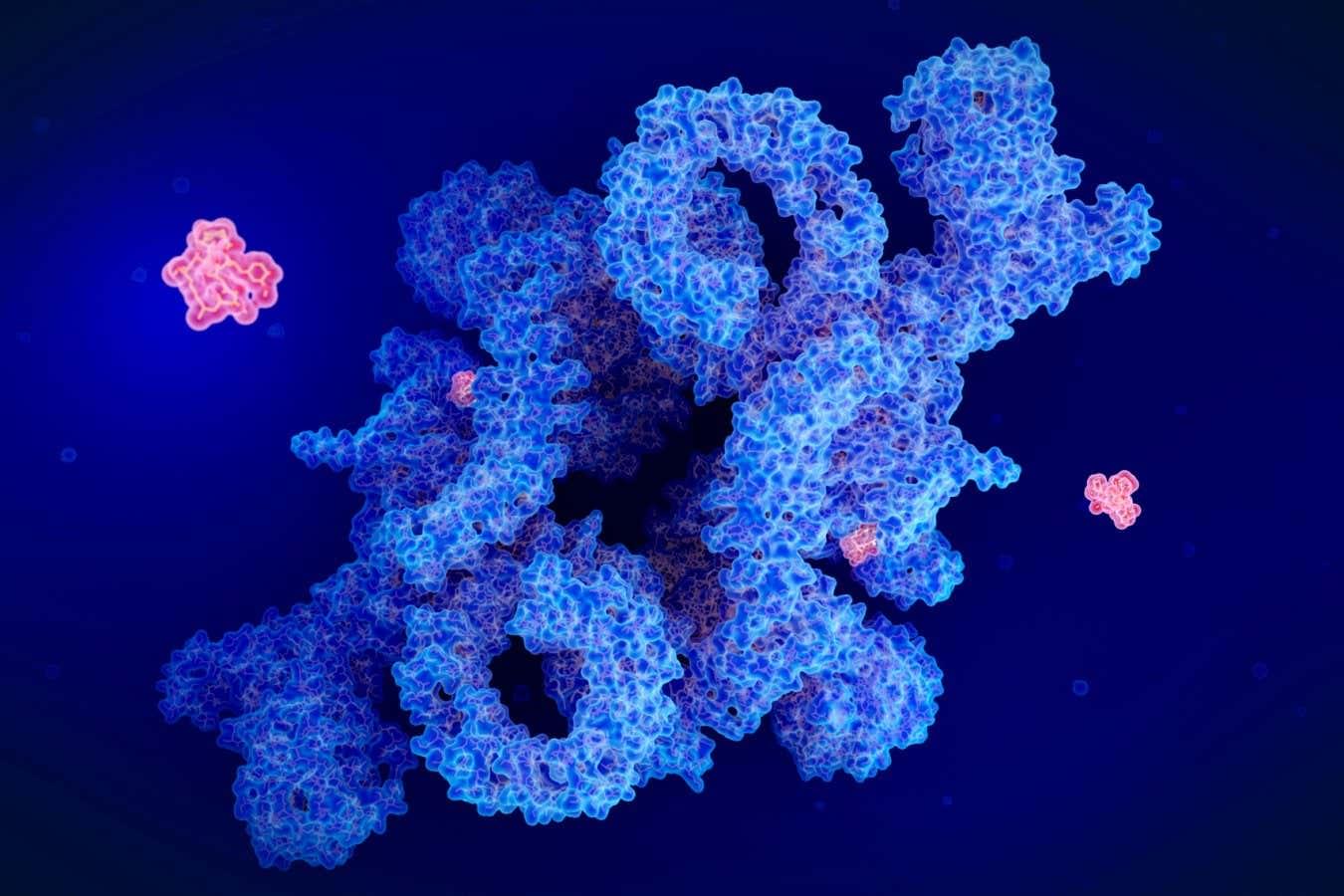MITs State of AI in Business report revealed that while 40% of organizations have purchased enterprise LLM subscriptions, over 90% of employees are actively using AI tools in their daily work. Similarly, research from Harmonic Security found that 45.4% of sensitive AI interactions are coming from personal email accounts, where employees are bypassing corporate controls entirely.
This has, understandably, led to plenty of concerns around a growing “Shadow AI Economy”. But what does that mean and how can security and AI governance teams overcome these challenges?








